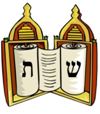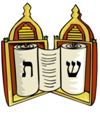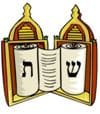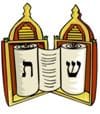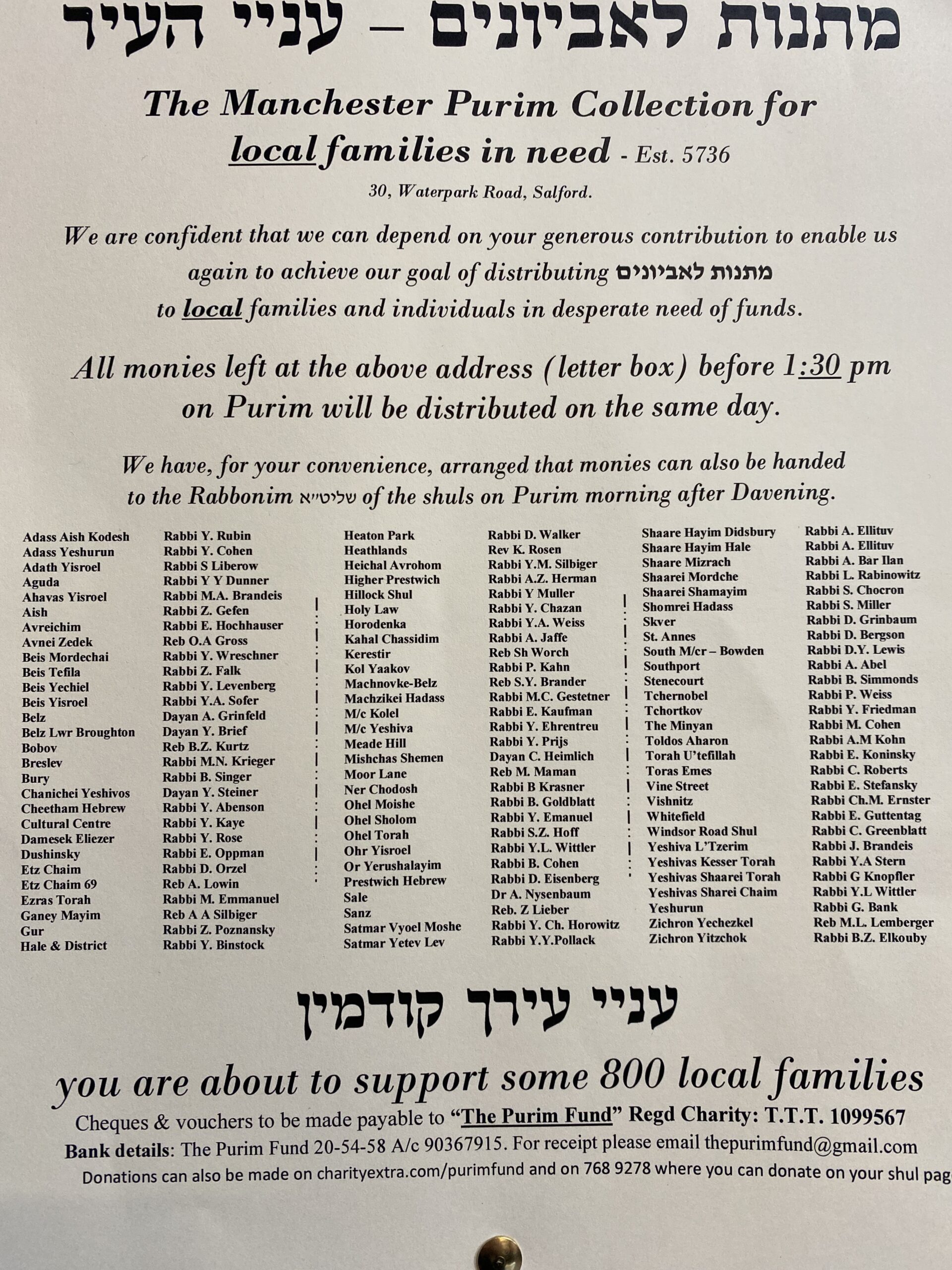
ק׳ ק׳ שׁערי תפילה

*******

****


Shas Olami UK Safeguarding the Kedushah of Eretz Israel
For the first time in decades, the Jewish community of the United Kingdom has been granted
a rare and significant opportunity to influence the future of Eretz Israel —
through the forthcoming elections to the World Zionist Congress.
This moment is not merely historic — it is a sacred responsibility.
It grants us the ability to protect the holiness of our Land and ensure that its destiny remains aligned with Torat Yisrael and our eternal mesorah.
Our Sacred Mandate:
At the very core of the Shas Olami UK mission stands a resolute commitment: to preserve the kedushah and identity of Eretz Israel. We stand firmly against those who seek to dilute our Torah heritage and to challenge the values upon which our people and our Land have been built. With clarity, with strength, and with the light of Torah, we shall stand guard over our sacred inheritance.
What Is at Stake:
The World Zionist Congress oversees the distribution of more than £1 billion annually — funds that can either uplift Torah, support yeshivot, and fortify our communities, or be misappropriated to agendas that contradict our beliefs. The outcome is in our hands. The path is ours to choose.
A Moment of Change:
Until recently, the UK’s 19 delegate seats within the World Zionist Organisation (WZO) were decided quietly by internal committees, excluding the broader Torah community. However, thanks to the extraordinary hachzokat haTorah campaign of Shas Olami, thousands of new members across the UK have united to declare: Torah Jews must have a voice.
As a result, for the first time in many decades, proper elections will be held, and our voice can no longer be ignored.
Our Vision:
With the brachah and support of Maran HaRishon LeZion, Rabbi Yitzchak Yosef shlit” a, we now stand at the threshold of a new era — one in which True Jews can redirect these vital funds and influence towards the causes that reflect ratzon Hashem.
Shas Olami UK stands proudly to:
– Defend the kedushah of Eretz Israel
– Support and strengthen yeshivot and Torah institutions
– Counteract the spread of ideologies that conflict with Torah values
– Redirect funding towards Torah communities in both Eretz Israel and the UK
Your Role in This Sacred Endeavour:
If you are a Jew over the age of 18 residing in the UK, your participation is vital. Your voice matters.
Your vote matters. Together, we can uphold Torah values and resist attempts to reshape the spiritual identity of our people and our Land.
How to Take Part:
🕍 Register Today – Sign up and prepare to make your voice heard.
🗳 Vote in June – Finalise your vote when polls open.
It is simple. It is powerful. And it is a zechut. .
By casting your vote with Shas Olami UK, under the banner of Shas Olami UK,
you are standing for Torah, for kedushah, and the future of Am Israel.
👉 Register at: https://www.charityextra.com/shasuk
Then click on 👇

You will be redirected to the Zionist Federation website to complete the process.
Let us rise to this call. Together with siyatta diShmaya, we can secure a future steeped in the values of Torah, tradition, and timeless truth.
****

🗓️
לוח זמני תפלה לקיץ תשפ״ה
Summer Timetable 5785 – 2025
מוצאי שבת | ערבית )מוצ”ש( | שקיעה | סוף זמן קראת שמע | זמן שבת | פלג מנחה (תה״ד) | פלג מנחה (לבוש) | מנחה וקבלת שבת | תאריך | שבת פרשת |
Shabbat Ends | Arbit | Sunset | Shema to be read before | Candles to be |
| Earliest Candle lighting | Minha & Kabbalat Shabbat* | Date | Parasha |
PM | PM | PM | AM | PM | PM | PM | PM |
|
|
9:58 | 9:54 | 8:54 | 9:11 | 8:38 | 7:53 | 7:17 | 7:00 | 9/10 May | אחרי־קדושים |
🕯️SUMMER TIMES FOR SHABBAT 🕯️
שבת
קרבנות
9:00 am
הודו
9:15 am

פרקי אבות
6:20 pm
מנחה
6:30 pm
*******
Acharei Mot
G-d instructs the kohanim to exercise extreme care when they enter the Mishkan. On Yom Kippur, the Kohen Gadol is to approach the holiest part of the Mishkan after special preparations and wearing special clothing. He brings offerings unique to Yom Kippur, including two identical goats that are designated by lottery. One is “for G-d” and is offered in the Temple, while the other is “for Azazel” in the desert. The Torah states the individual's obligations on Yom Kippur: On the 10th day of the seventh month, one must “afflict” oneself. We are to abstain from eating and drinking, anointing, wearing leather footwear, washing and marital relations.
Consumption of blood is prohibited. The blood of slaughtered birds and undomesticated beasts must be covered. The people are warned against engaging in the wicked practices that were common in Egypt. Incest is defined and prohibited. Marital relations are forbidden during a woman's monthly cycle. Homosexuality, bestiality and child sacrifice are prohibited.
Kedoshim
The nation is enjoined to be holy. Many prohibitions and positive commandments are taught:
Prohibitions: Idolatry; eating offerings after their time-limit; theft and robbery; denial of theft; false oaths; retention of someone's property; delaying payment to an employee; hating or cursing a fellow Jew (especially one's parents); gossip; placing physical and spiritual stumbling blocks; perversion of justice; inaction when others are in danger; embarrassing; revenge; bearing a grudge; cross-breeding; wearing a garment of wool and linen; harvesting a tree during its first three years; gluttony and intoxication; witchcraft; shaving the beard and sideburns; tattooing.
Positive: Awe for parents and respect for the elderly; leaving part of the harvest for the poor; loving others (especially a convert); eating in Jerusalem the fruits from a tree's fourth year; awe for the Temple; respect for Torah scholars, the blind and the deaf.
Ohr Somayach Institutions www.ohr.edu

חדש אסור מן התורה
לפני חמש שנים ביארנו בהלכה יומית מקצת הלכות הנוגעות לאיסור “חדש”, ומאחר ואנו עומדים כמעט חודש לאחר חג הפסח, אנו מוצאים לנכון לחזור וללמוד הלכות אלה.
וביאור הדברים, שצונו ה' יתברך, שכל היבול החדש של חמשת מיני דגן (חטה, שעורה, שבולת שועל, כוסמין ושיפון), שנוצר לפני חג הפסח, אסור יהיה לאכול ממנו עד ליום ט”ז ניסן, שהוא יום לאחר יום טוב (חג) ראשון של פסח (וזהו שנאמר “ממחרת השבת”, כלומר ממחרת יום טוב ראשון של פסח).
ובזמן שהיה בית המקדש קיים, היו מקריבים ביום זה את קרבן העומר, ומשעה שהקריבו את הקרבן, היו מותרים לאכול מן התבואה החדשה שנוצרה לפני חג הפסח, ובזמן הזה שאין לנו בית המקדש, אסור לאכול מן התבואה החדשה, עד ליל י”ז בניסן (ובחוץ לארץ עד ליל י”ח בניסן). (סוכה דף מא.).
ובמסכת קדושין (לו.) וכן במשנה במסכת ערלה מבואר, שאיסור “חדש” נוהג הן בארץ ישראל והן בחוץ לארץ. וכן פסקו הרי”ף והרמב”ם והרא”ש. ובתלמוד ירושלמי (הובא בתוספות קדושין לז.) מבואר, שאיסור חדש נוהג הן בתבואה של ישראל (יהודים) והן בתבואה של הגויים.
ולפיכך, חטה שנזרעה בראש חודש אדר, וגדלה בקרקע, ונקצרה בחודש אייר, או סיון, הרי מותר לאוכלה, כי זמן ההשרשה היה לפני חג הפסח, וביום י”ז בניסן היא הותרה באכילה.
אבל חטים שזרעו אותם לאחר הפסח, ולדוגמא, מחודש אייר והלאה, וקצרו אותם לפני חג הפסח הבא, הרי אסור לאוכלם עד ליל י”ז בניסן.
ובארץ ישראל, בדרך כלל זורעים את החטים לפני חג הפסח, והן נקצרות לאחר חג הפסח, וכשהן מגיעות לצרכנים, הרי הן מותרות, כי עבר עליהן חג הפסח. אבל בחוץ לארץ, יש הרבה מקומות שזורעים את החטים לאחר חג הפסח, וקוצרים אותן בחודש חשון, ואסור לאכול מהן עד שיעבור עליהן חג הפסח כמו שכתבנו.
ובזמן שהיה מרן רבינו עובדיה יוסף זצוק”ל רב ראשי לישראל, בא בדברים בענין זה עם שר המסחר, כדי שמדינת ישראל תרכוש מארצות הברית חטה מתוצרת שעבר עליה חג הפסח בלבד, ולא יביאו ארצה סחורה חדשה שלא עבר עליה החג, מפני איסור “חדש”. ובדרך כלל הדברים אמנם נעשו כראוי, וכל החטה שיובאה ארצה היתה מתוצרת “ישנה” שעבר עליה הפסח.
The Torah Prohibition of “Chadash”
Ten years ago, we discussed some laws related to the prohibition of “Chadash” here at “Halacha Yomit.” Since we are about a month after the Pesach holiday, we find it prudent to review these very important laws.
The Law of “Chadash”
The Torah (Vayikra 23) states: “When you come to the land which I shall give you and you shall reap its harvest; and you shall bring the first sheaf of the first fruits of your harvest to the Kohen. And he shall wave the sheaf before Hashem to be accepted for you; on the day following the Shabbat shall the Kohen wave it. And you shall not eat bread, parched corn, or fresh ears until the essence of this day.”
The meaning of this Mitzvah is that Hashem has commanded us that all of the harvest of the five grains (wheat, barley, spelt, oat, and rye) which was produced before the Pesach holiday is forbidden for consumption until the Sixteenth of Nissan which is the day following the first day of Pesach (this is what the verse meant by “the day following the Shabbat” which refers to the day following the first day of Pesach which is a holiday).
When the Bet Hamikdash stood, a special offering called the Omer offering was brought and immediately after this offering was brought, all grains grown and produced before Pesach became permissible for consumption. Nowadays when the Bet Hamikdash no longer stands, “Chadash” grains (i.e. “new” grains referring to grains produced before Pesach) are forbidden for consumption until the night of the Seventeenth of Nissan (outside of Israel until the night of the Eighteenth of Nissan). (Sukkah 41a)
The Laws Regarding “Chadash” Nowadays, Outside of Israel, and a Non-Jew’s Produce
The Gemara (Menachot 68a) states that the Torah prohibition of “Chadash” applies nowadays as well.
The Mishnah (Kiddushin 36a) states that the prohibition of “Chadash” applies both inside and outside of Israel equally. The Rif, Rambam, and Rosh rule accordingly. The Talmud Yerushalmi (quoted by Tosafot’s commentary ibid. 37a) states that the prohibition of “Chadash” applies to produce of both Jews and non-Jews alike.
The Time Which Determines if Grains are “Chadash”
Based on the above, it is forbidden to consume wheat or barley produced before Pesach until the night of the Seventeenth of Nissan (or the Eighteenth of Nissan outside of Israel). The time which determines whether the wheat been “produced” before or after Pesach is the time when the wheat takes root. This means that once the wheat is planted, a certain amount of time passes until it takes root in the ground. (The Poskim disagree how much time passes until the grains take root; the Terumat Ha’Deshen writes that taking root takes place three days after planting while the Dagul Mervava, Gaon of Vilna, and others write that this process takes two weeks from planting.) Once the wheat takes root, it is then considered existent in the world.
Thus, if wheat was planted on Rosh Chodesh Adar and was harvested on Rosh Chodesh Iyar or Sivan, this wheat is permissible for consumption, for its taking root took place before Pesach and has been permitted for consumption from the Seventeenth of Nissan.
However, wheat that has been planted after Pesach, such as from the month of Iyar and on, and has been harvested before the following Pesach is forbidden for consumption until the following Seventeenth of Nissan.
In Israel, in general, wheat is planted before Pesach and harvested after Pesach in a way that by the time it reaches consumers, it will already be permissible since Pesach has already passed. Outside of Israel, however, there are many places where wheat is planted after Pesach and harvested during the month of Cheshvan (in the winter months) and this will be forbidden for consumption until the conclusion of the following Pesach holiday.
During his tenure as Chief Rabbi of Israel, Maran Rabbeinu Ovadia Yosef zt”l discussed this issue with the Minister of Commerce and requested that the State of Israel purchase only wheat that Pesach had already “passed over” from the United States as opposed to produce which Pesach had not yet passed over so as not to cause people to transgress the prohibition of “Chadash”. In general, this was indeed the case and most produce imported into Israel was “Yashan” meaning produce which Pesach had already passed over.















